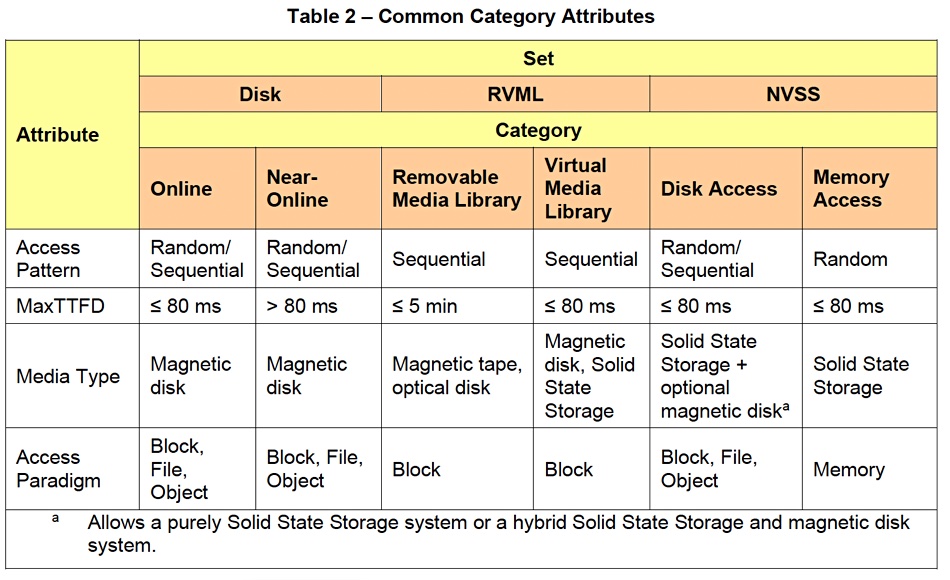Comment: The Emerald energy initiative from the SNIA holds great promise to better measure storage efficiency and lower carbon emissions, but it’s missing a public cloud storage element, and that can only come with the cooperation of the big three hyperscalers.
Energy efficiency is getting more and more important as a storage buying criterion. As yet there is no standardized and transparent way for buyers to compare and contrast potential storage purchases on an energy efficiency basis. A standard comparison metric will be needed if businesses are to meaningfully understand the carbon emission load of their storage systems.
Who better than a storage industry body to produce such a measurement process?
The Storage Networking Industry Association (SNIA) has stepped forward and has its Emerald program looking at storage device energy efficiency and measurement.
The downloadable Emerald Power Efficiency Measurement Specification is a standardized method to assess the energy efficiency of commercial storage products in both active and idle states of operation. v4.0 was published in July 2020, having been developed, released, and maintained by the Green Storage Technical Working Group under the guidance of the SNIA’s Green Storage Initiative (GSI).
The United States Environmental Protection Agency (EPA) Energy Star Program for Data Center Storage references the SNIA Emerald Specification, and publishes storage vendor system test reports for public use to aid IT procurement, planning, and operations.
Since the energy use of storage systems varies widely based on the media type, the Emerald spec divides them into three groups: disk, removable media library (RVML), and non-volatile storage systems (NVSS).
This is to make product comparisons viable and useful. It is pointless comparing a tape library and disk storage array in energy use terms as they are intended for completely different purposes and energy use is not a practical way of choosing between them.
Each set is further divided into categories for the same reason. The disk category covers online and nearline disk drives. The RVML group covers tape and optical disk systems and Virtual Media Library, which includes disk drive and SSD systems. The third category, NVSS, includes solid state memory access systems and disk access systems, meaning SSD and optional disk drive media types.
An SNIA table details these, together with their access patterns and paradigms:

The categories are sub-divided again by product type classifications to distinguish between products aimed at different market sectors:
- Consumer/component – 1
- JBOD – 1.5
- Low-end – 2
- Mid-range – small – 3 – and large – 4
- High-end – 5
- Mainframe – 6
The spec details rules for measuring the power efficiency of each category and include test sequence, test configuration, instrumentation, benchmark driver, IO profiles, measurement interval, and metric stability assessment.
The test results for devices are either primary metrics, such as IOs/W, MiB/Watt and GB/W for Block Access, or secondary metrics such as capacity optimization for snapshots, compression and data deduplication. These have yes-no values.
The test results are listed on an Energy Star webpage with the default sort order by brand name. Here is a test result for a Dell EMC PowerStore 1000T array:

You can see that the Product Type is an NVSS Disk Set Online 4. That means it is a non-volatile solid state with optional disk system in the large mid-range category. It has been tested for block IO with a RAID configuration. The single metric is the Trans Optimal Point Hot Band Workload Test (IOPS/W) with a value of 80.73. We think this test name is clumsy and needs shortening. Even the acronym – TOPHBWT – is unwieldy.
A test result for an HPE Primera C650 array has a radically different TOPHBWT value, 7.9 IOPS/W, but then this is a disk array with no solid state drives although it is, like the PowerStore 1000T, a large mid-range category product and tested for block IO:

All in all there are three pages of results filed for Dell, HPE, IBM, Lenovo, NetApp, Seagate, Veritas and Viking Enterprise Solutions (Sanmina).
Comment
It occurs to Blocks & Files that cloud storage services are not covered, and that they introduce a whole new set of complexities. The Emerald program is targeted at on-premises customers buying storage boxes, not storage services from public cloud suppliers such as AWS, Azure, and GCP. It surely needs extending to cover cloud-supplied storage services such as FSx for ONTAP, Glacier Infrequent Access, Azure Blob, Pure Cloud Block Store, and so forth.
That cannot be done unless the public cloud storage service suppliers cooperate. We intend to address this aspect of storage energy efficiency and ask the SNIA, as well as the big three hyperscalers, for their cloud storage energy efficiency views.
At present the SNIA’s Emerald program provides buyers of on-premises storage systems the ability to specify Emerald EnergyStar test levels as requirements for suppliers. For example, we want a small mid-range NVSS product for block access with a TOPHBWT minimum of 50 IOPS/W. In order for this to be useful, IT storage buyers have to specify such EnergyStar test values in their requests to tender. So including public cloud-delivered storage services in SNIA’s Emerald program, if at all possible, makes a great deal of sense.








